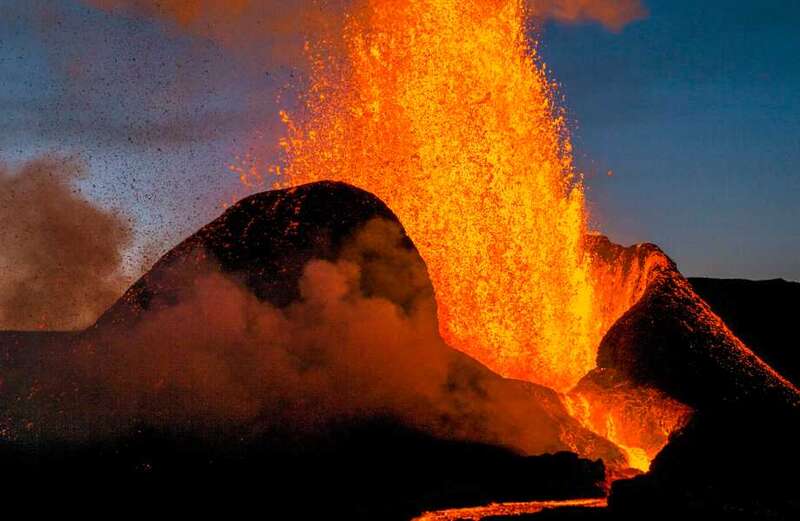THE entire Atlantic Ocean is set to be sealed off by a fierce volcano range known as The Ring of Fire.
The unique phenomenon happens due to the movement of the tectonic plates which would lead to the closure of the ocean in the Strait of Gibraltar.



But for those planning a Spanish getaway don't worry - it will take another 20 million years.
The geological phenomenon happens when tectonic plates push another forming new subduction zones - causing the ocean to shut itself off.
The newly-formed range is characterised by active volcanoes and frequent earthquakes, according to National Geographic.
 Red alert issued as Hawaii's Kilauea volcano starts erupting and spewing lava
Red alert issued as Hawaii's Kilauea volcano starts erupting and spewing lava
As the rock melts and becomes magma is so close to the Earth's surface that makes it the perfect place for high volcanic activity.
There is currently one ring of fire in the world in the Pacific Ocean stretching from Australia to South America.
It covers a number of countries from the US and Japan to Argentina, Chile, Mexico, Russia, the Philippines and New Zealand.
It is home to 75 per cent of the earth's volcanoes and where 90 per cent of the Earth's earthquakes occur.
However, experts predict it could have some competition in the future as a new subduction zone, under the Strait of Gibraltar will be formed in the Atlantic eventually creating a new Ring of Fire.
Dr João Duarte of the University of Lisbon and his team found that the Gibraltar subduction zone used to be very active but has "significantly slowed down in the past millions of years."
But the team's research concluded that "the arc will propagate farther into the Atlantic after a period of quiescence."
Speaking to IFLScience, Duarte explained that the subduction were formed in the Atlantic around 50 million years ago.
He said: "For them to win over the opening of the Atlantic they will have to spread, and eventually force the Mid-Atlantic ridge to subduct. This may take more than 20 million years."
He explained in a statement: “There are two other subduction zones on the other side of the Atlantic.
 Incredible photos of Kilauea volcano eruption show huge lava 'ring of fire'
Incredible photos of Kilauea volcano eruption show huge lava 'ring of fire'
"The Lesser Antilles in the Caribbean and the Scotia Arc, near Antarctica. However, these subduction zones invaded the Atlantic several million years ago.
"Studying Gibraltar is an invaluable opportunity because it allows observing the process in the early stages when it is just happening.”
Duarte added: "Subduction invasion is inherently a three-dimensional process that requires advanced modelling tools and supercomputers that were not available a few years ago.
"We can now simulate the formation of the Gibraltar Arc with great detail and also how it may evolve in the deep future."


































